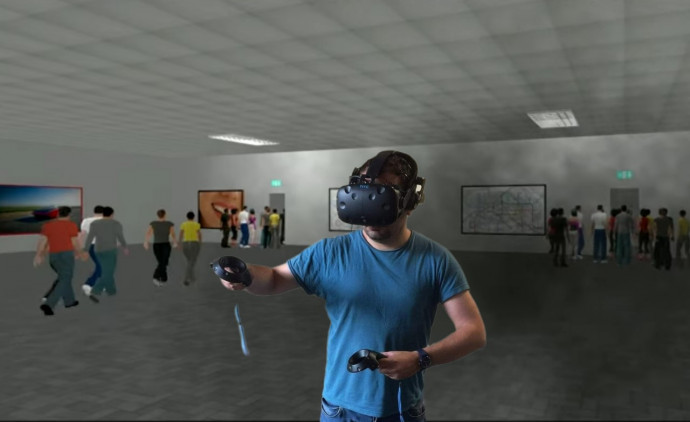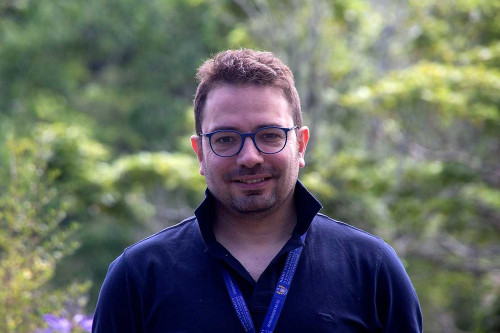Ruggiero Lovreglio

2022: Dr Ruggiero Lovreglio, from Te Kunenga Ki Pūrehuroa Massey University, has been awarded a Rutherford Discovery Fellowship for research titled ‘Identification and implementation of fundamental crowd behavioural rules’
Published on 27 Whiringa-ā-nuku October 2022
Biography
Dr Lovreglio completed his PhD in Engineering at the joint doctoral school of Politecnico di Bari, Politecnico di Milano and Politecnico di Torino, in 2016. He took up a position at the University of Auckland to develop an immersive digital training solutions for post-earthquake evacuation. He was then appointed by Massey University to lead a new research track on the use of digital technologies for enhanced safety of the built environments, which resulted in the establishment of the Digital Built Environment Lab. He is now the Associate Director of Research at the School of Built Environment at Massey University, where he has been awarded the prestigious Massey University Research Medal 2020 (Early-Career).
Dr Lovreglio has published over 80 papers and chapters on the use of digital technologies and advanced modelling solutions to predict human behaviours and decision-making, particularly in emergency evacuations. As well as being highly cited, his publishing has had an impact on new industry standards and safety guidelines. He has established a strong collaboration network through his lab, leading to the creation of research consortia that have secured over $ 1M in research grants; most of which he has a key role in. He is also an Associate Investigator for the new MBIE research program on Extreme Wildfire. This Rutherford Discovery Fellowship will allow Dr Lovreglio to move toward his ultimate dream of creating the first Research Centre on Pedestrian Evacuation Dynamics in Aotearoa.
Research summary
Fires, terrorist attacks, earthquakes, tsunamis and other disasters are increasingly striking across the globe, resulting in the loss of thousands of human lives every year. Well-designed evacuation plans reduce loss of life and injury in disaster events. Equally, the design of physical infrastructure such as buildings and transportation play a key role in a well-designed evacuation plan. To create evacuation-safe infrastructure, Dr Lovreglio models how evacuations could play out.

Dr Ruggiero Lovreglio. Photo: Supplied.
In modelling, one examines people’s behaviour at societal and personal levels, accounting for the ‘hive’ and ‘personal’ abilities of people to ‘react and act’ appropriately. Current evacuation models mimic some aspects of pedestrian movement but use demographic data from the 1950’s-1970’s. Clearly, population demographics have changed, and they are anticipated to change more rapidly in the future. So, how do we design evacuation models that remain timeless?
Dr Lovreglio will aim to create a generalized, ‘timeless’ evacuation model. By combining new technologies (virtual/augmented reality crowd experiments, 3D body scanning sensors, machine learning) with traditional field experiments he hopes to find the hidden rules affecting individual movement in crowds. With the ‘timeless’ evacuation model in hand, Dr Lovreglio can aid the design of new built environments and verify the safety of existing ones.
